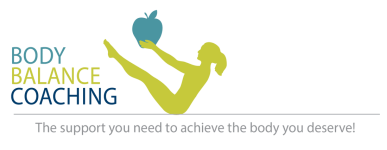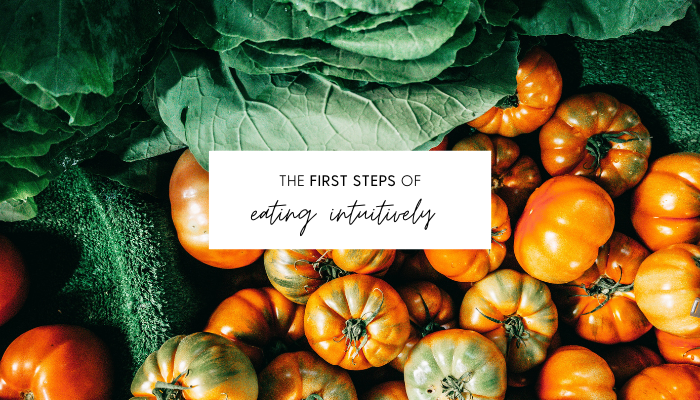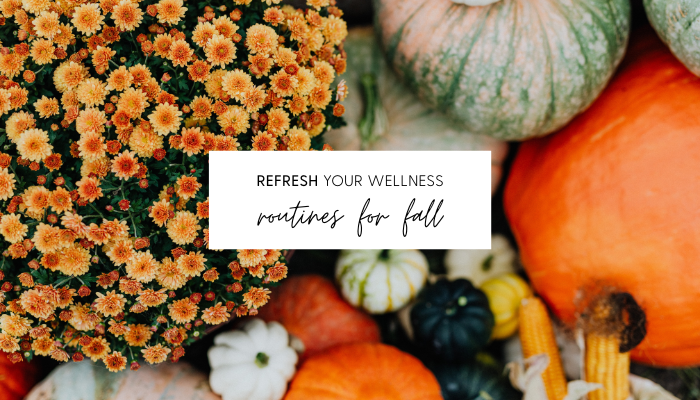Many people experience bloating, a common digestive problem that can be uncomfortable and even painful. While there are several over-the-counter treatments for bloating, many natural treatments also work well to ease symptoms.
Ginger
Due to its anti-inflammatory properties, ginger can aid in calming the digestive system. According to studies, ginger can assist in easing nausea and reduce bloating and gas. You can incorporate ginger into your diet by adding fresh ginger to smoothies or stir-fries or drinking ginger tea.
Peppermint Tea
Another successful natural treatment for bloating is peppermint tea. Due to its antispasmodic characteristics, peppermint can aid in relaxing the muscles of the digestive tract and lowering bloating and gas. After a meal, having a cup of peppermint tea can assist with bloating problems.
Probiotics
Probiotics are healthy bacteria that reside in the gut and aid in digestion and inflammation reduction. Digestion can be improved by taking a probiotic supplement or eating foods high in probiotics, like yogurt or kefir.
Fennel Seeds
Fennel seeds have been used for generations to aid digestion and as a traditional treatment for bloating. Compounds found in fennel seeds help reduce bloating and relax the muscles of the digestive tract. After a meal, you can consume fennel seeds or make tea with them.
Digestive Bitters
Digestive bitters consist of a wide variety of bitter herbs and fruits. It is said to help digestion because of their bitter taste. Taking it before a meal can stimulate the bitter receptors on the tongue, which signal different activities in your digestive system. It helps kick start your gastric juices such as stomach acid, bile and enzymes to breakdown food and assist in the absorption of nutrients.
Incorporating These Remedies Into Your Daily Routine
By including these solutions in your daily routine, you can lessen the symptoms of bloating and improve digestion. Here are some pointers for applying these treatments:
- Use fresh ginger in stir-fries or smoothies.
- Take a digestive bitters before eating a meal
- After a meal, sip on some peppermint tea.
- Eat foods like yogurt or kefir high in probiotics, or take a probiotic supplement.
- After a meal, chew on fennel seeds or make fennel tea.
- After eating, go for a quick stroll to aid in digestion.
Exercise can improve digestion by stimulating the muscles that transport food. After eating, even a brief stroll can help reduce the discomfort of bloating.
Identify and Avoid Trigger Foods
Certain foods can cause bloating, and it's important to identify and avoid these trigger foods. Dairy products, gluten, legumes, and cruciferous vegetables like broccoli and cauliflower are frequently to blame. Keeping a food diary can determine which foods are causing your bloating. Eating a balanced diet rich in fruits, vegetables, whole grains, and lean protein can help support healthy digestion and reduce bloating. Drinking lots of water to maintain hydration and assist healthy digestion is crucial.
You may enhance your digestive health, feel more at ease and energized, and increase your energy by including these remedies in your routine. But, seeking medical advice if you have persistent or severe bloating is crucial to rule out any underlying issues.
I help people with digestive issues re-balance their digestive system so they can feel like their younger selves. For a replay of my Gut Health webinar, where you will learn more helpful information and tips to improve your digestive health, click here.










 RSS Feed
RSS Feed
